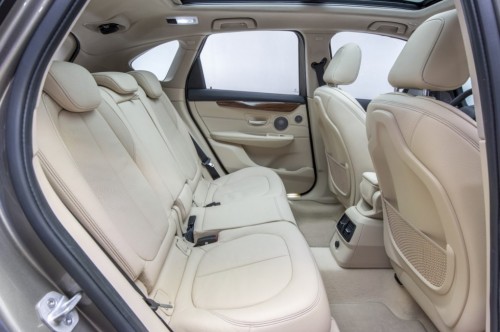Lucignano (AR) is one of the most beautiful and best preserved of all Tuscany. On top of a hill overlooking the Val di Chiana, and because of its elliptical plan with concentric rings, it is considered one of the most extraordinary examples of medieval town planning in Tuscany. The city walls were erected by the Sienesi in 1371, even if this layout partially follows a 13th – 14th century urban structure; the three city gates are still: Porta S. Giovanni (known also as porta di sotto), Porta S. Giusto (or porta di sopra) and Porta Murata (named this way because it was probably walled up around 1500). Palazzo Pretorio (the seat of local government and the City Museum) rises close to the Monumental Complex of San Francesco, in the geometric centre of Lucignano, the building main facade overlooks the enchanting Piazza del Tribunale.
Lucignano is still completely enclosed within its walls and stroll through its streets is like diving into a past that no longer exists but that surrounds us still with old stone houses , wells, arches, old ladies sitting in a circle talking and embroider. And just outside the walls, the olive trees are colored silver at the slightest breeze..
Under the rule of the House of Medici, the great urban interventions were begun, besides the Fortress were also built the Sanctuary of Santa Maria della Querce (attributed to the Vasari), the Convent of the Capucines (around 1580), the Church of the Misericordia (1582) and the amazing Latin cross-shaped Collegiate Church of San Michele Arcangelo.
Given the curious legend of the Tree of love that characterizes this place, getting married in Lucignano means to do it in the most important places of the ancient village as the Council Chamber of the ancient Town Hall, the walls covered in frescoes. Inside the piccoloMuseo Hall, the new couple will promise everlasting love in front of the magnificent Tree of Love, a masterpiece of Gothic architecture.
However if you do not intend to get married, Lucignano is the ideal place for unforgettable excursions, an essential destination for those who want to expand their knowledge of the immediate surroundings of Arezzo, Siena and Florence.
